At primary school they tell parents “label everything”. But slapping a “this pole belongs to [power company]” sign seems like overkill – who is going to steal a bloody power pole planted into the ground? But there is a reason behind these signs – and Jeff Kennett is to blame.
In the beginning, the State Electricity Commission of Victoria (SECV) was responsible for the generation, transmission and distribution of electricity over the entire state of Victoria.*
(Well, *almost* all of it.)
But then in the 1990s Jeff Kennett carved up the SECV into a web of different generation, transmission and distribution business – ready for privatisation.
The responsibility for the distribution of electricity to individual consumers was split into five geographic regions – CitiPower supplying the Melbourne CBD; United Energy and Jemena the middle suburbs; and Powercor and SP AusNet from outer suburbs of Melbourne and into the Victorian countryside.
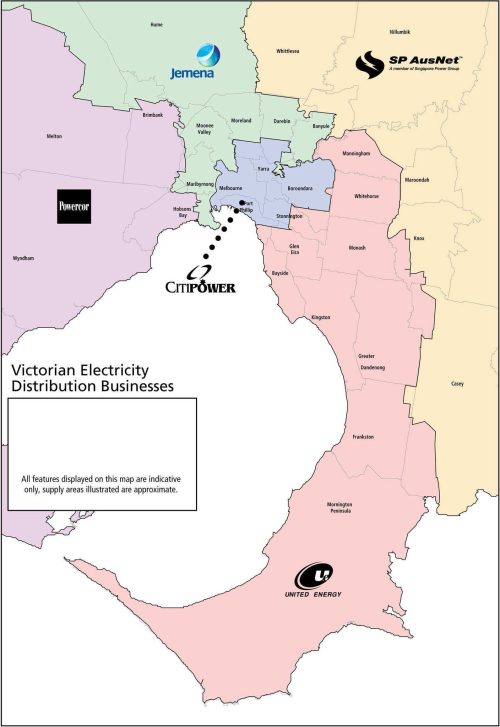
Essential Services Commission diagram
But how do you draw the line between the different electricity distribution businesses?
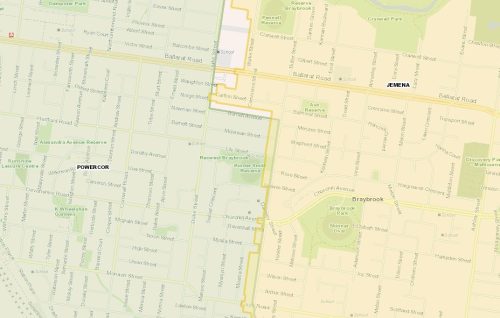
Map from www.energy.vic.gov.au
You follow the power lines.
Based on how the SECV originally structured their distribution network.
Zone substations convert electricity at 66kV down to 22kV, and you can hide one on a suburban street – there would be about a hundred of them scattered around Melbourne alone.
But zone substations need to be supplied with power, which comes from much larger terminal stations. You can see their massive 220 kV transmission lines from a mile away, so there are only a dozen around Melbourne.
Which leads us back to the “this pole belongs to [power company]” signs…
Turns out some zone substations have 66 kV power lines that pass pass through areas that belong to other distribution companies on their way to the nearest terminal station, so the signs are needed so the two companies know who is responsible for maintaining a given pole.
And another mess
In the Victorian electricity industry the 1990s reforms there is a second market subject “competition” – multiple energy retailers all competing to sell you the exact same electrons to you, but at wildly different prices.
All electricity retailers in Victoria are required to give consumers a “Default Offer” – a fixed price set by the government which is considered to be reasonable to both parties.
Unfortunately there is one part you don’t get a choice in – each of the five energy distributors set their own ‘daily supply charge’ which all retailers have to pass on to you.
As of 2023 people living in the United Energy region only pay $1.0753 per day to have an electricity connection, while those in the Powercor area get slugged $1.3102 per day.
You’d hate to be right on the boundary of two distributors, and living on the side that has to pay more!
As for a real solution?
The other solution would be to ditch this whole charade of “competition” and just nationalise this mess of separated distribution and retail electricity utilities.
When I first tweeted this back in mid-2022 I was hoping we’d eventually see a political party with the guts to do that, and a few months later, one came close – promising to deliver “government ownership of energy generation”.
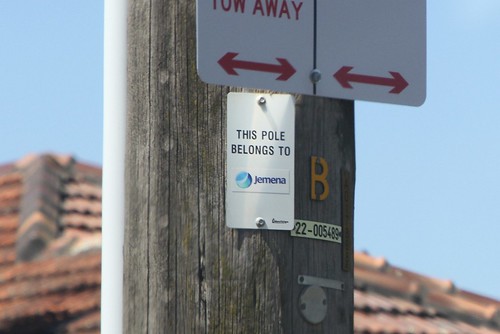

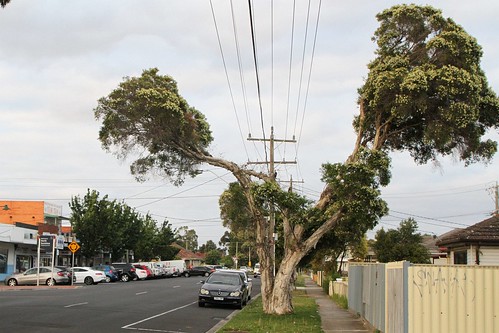
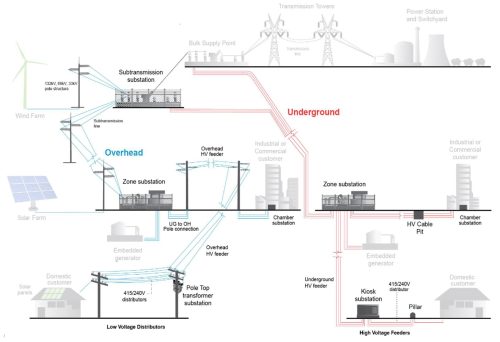
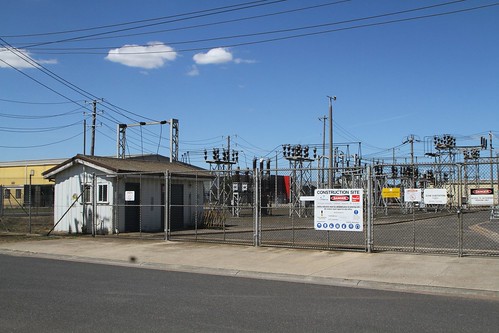
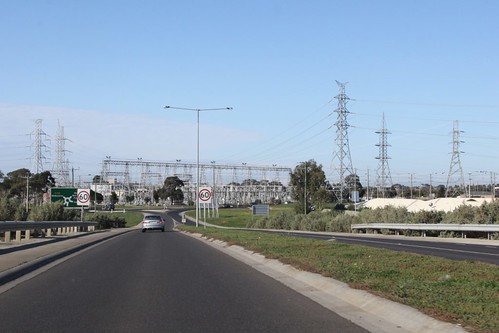
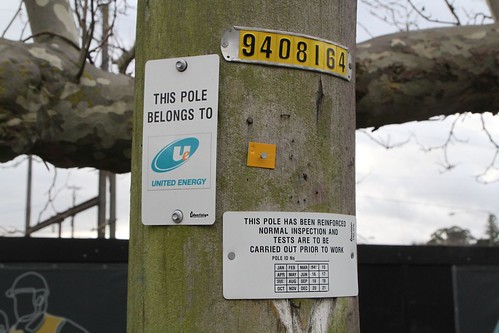

Is that literally correct that United Energy owns the power poles, or does the state government? I am open to argument about about private companies operating essential service and maintaining assets they use. I really don’t like private companies owning essential infrastructure.
It appears to be outright owned.
https://www.energy.vic.gov.au/about-energy/about-the-electricity-sector
Compare this to the privatised transport transport system, where the government still owns everything.
The state government owns pretty much nothing with regards to electricity in Victoria. The current Labor government has plans to create a new “SEC” but this will be an electricity generation provider, creating electricity from renewables (solar and wind I believe). Nothing much like the old SEC as may have been portrayed in pre-election advertising.
I’ve seen some speculation that the new “SEC” will also act as an electricity retailer to consumers, but they’d still be limited in what they can do, given a nationalisation of the electricity distributors isn’t on the cards.
Hey Marcus interesting topic here… there are more oddities around also if you go looking. For example, Fairfield (FF) zone substation is a Jemena zone sub, yet supplies 3 (or so) CitiPower feeders in the Fairfield, Thornbury area- some even at ancient(ish) voltages such as 6.6kV! You can see why when you see the mess of the boundaries in this area between CitiPower and Jemena. Other interesting issues (to some maybe) is that in some locations towards the edge of what area FF supplies and what the neighbouring zone subs supply there are locations that have 6.6kV and 11kV as the top conductor on the same pole, both terminated on the same pole from either direction
Thanks for that – the 6.6kV network seems to be on the way out slowly.
Jemena replaced their 6.6kV system with 22kV around Preston a few years ago:
https://utilitymagazine.com.au/future-proofing-the-network-with-smart-substations/
And CitiPower uses 6.6kV around Port Melbourne, CBD, North Melbourne, Brunswick and Fitzroy, red by a 22kV sub-transmission network.
https://media.powercor.com.au/wp-content/uploads/2020/01/22153349/Final-CitiPower-Distribution-Annual-Planning-Report-2019.pdf
They’ve moved to 11kV with 66kV sub-transmission in Brunswick and the CBD so far:
https://www.citipower.com.au/network-planning-and-projects/major-projects/brunswick-network-upgrade-project/
https://www.citipower.com.au/network-planning-and-projects/major-projects/waratah-place-project/
Reminds me the rail substation at Alphington, has a “Do Not Operate” tag on the transformer. It would appear to suggest the tap changing mechanism failed. By the look of the tag, it wasn’t recent. Anyone know who is responsible for those traction power substations?
The railways. Metro Trains Melbourne.